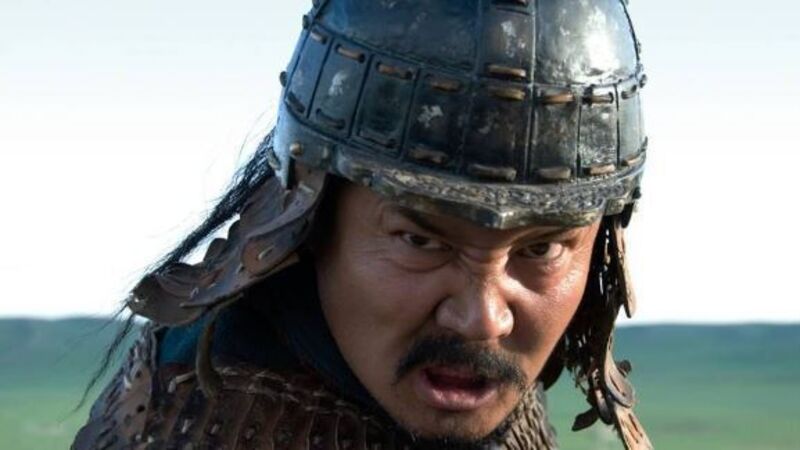On the hunt for Genghis Khan

IN the 800 years since his death, people have sought in vain for the grave of Genghis Khan, the 13th-century conqueror and imperial ruler who, at the time of his death, occupied the largest contiguous empire, stretching from the Caspian Sea to the Pacific. In capturing most of central Asia and China, his armies killed and pillaged, but also forged new links between East and West. One of history’s most brilliant and ruthless leaders, Khan remade the world.
But while the life of the conqueror is the stuff of legend, his death is shrouded in the mist of myths. Some historians believe he died from wounds sustained in battle; others that he fell off his horse or died from illness. And his final burial place has never been found. At the time great steps were taken to hide the grave to protect it from potential grave robbers. Tomb hunters have little to go on, given the dearth of primary historical sources. Legend has it that Khan’s funeral escort killed anyone who crossed their path to conceal where the conqueror was buried. Those who constructed the funeral tomb were also killed — as were the soldiers who killed them. One historical source holds that 10,000 horsemen “trampled the ground so as to make it even”; another that a forest was planted over the site, a river diverted.











